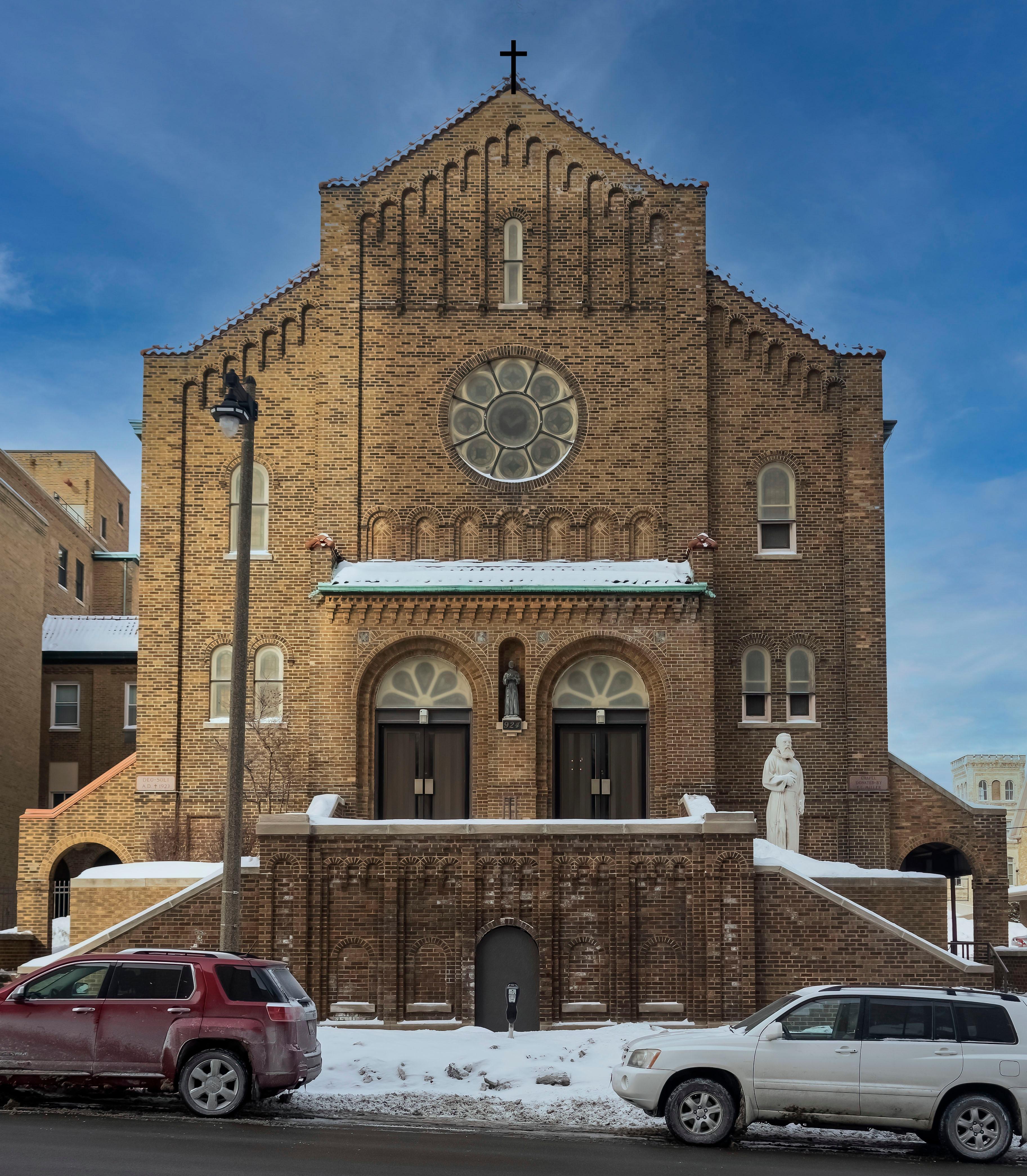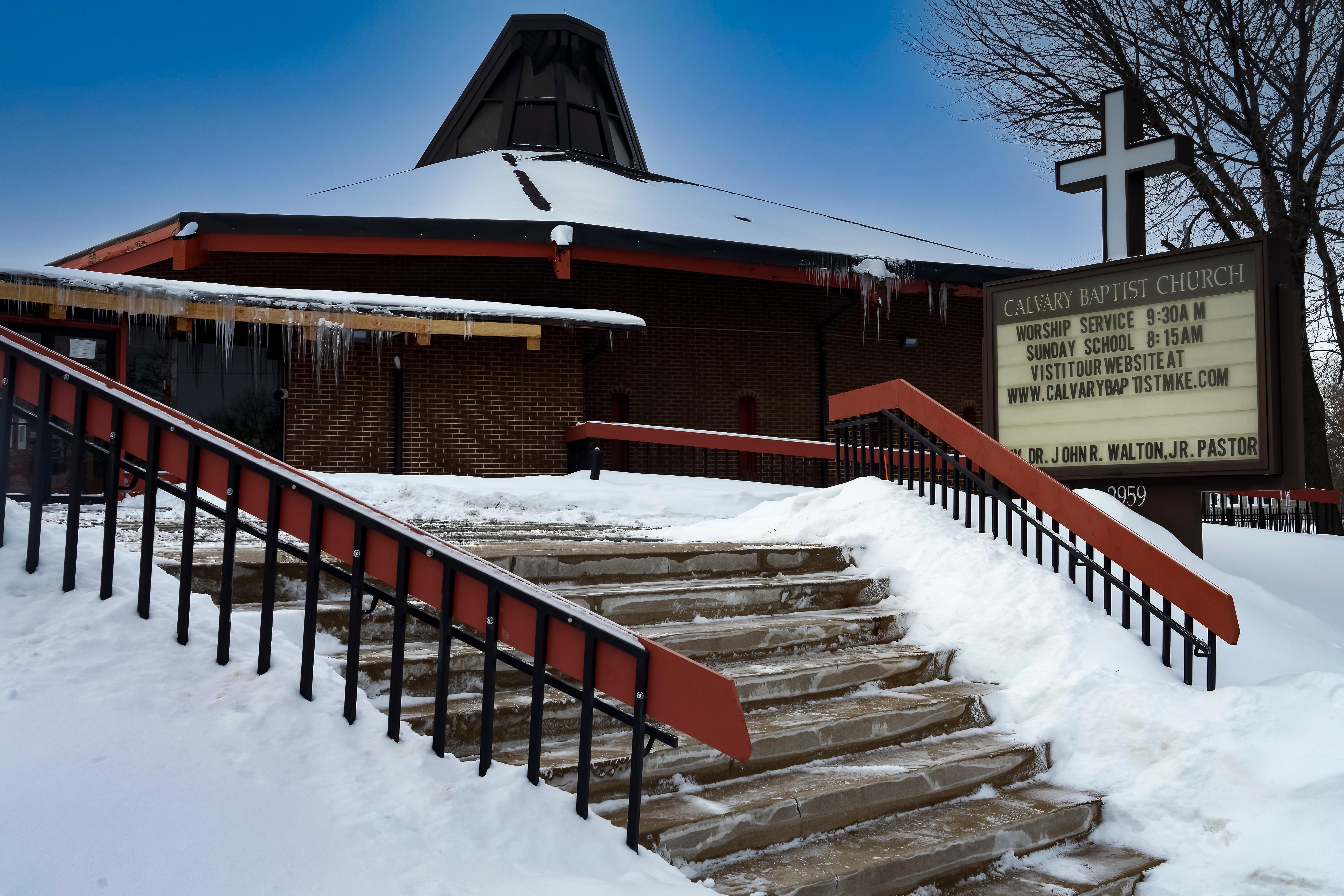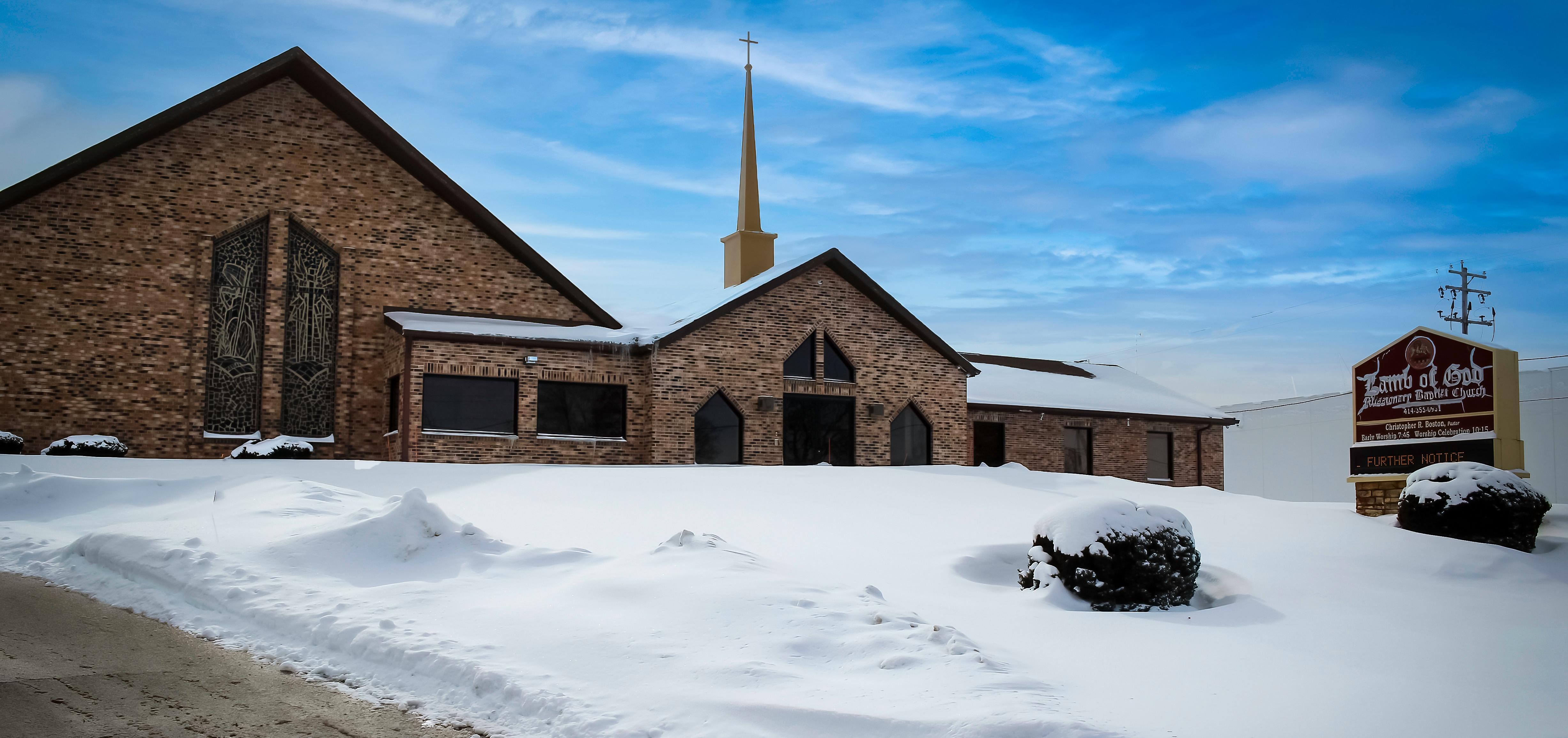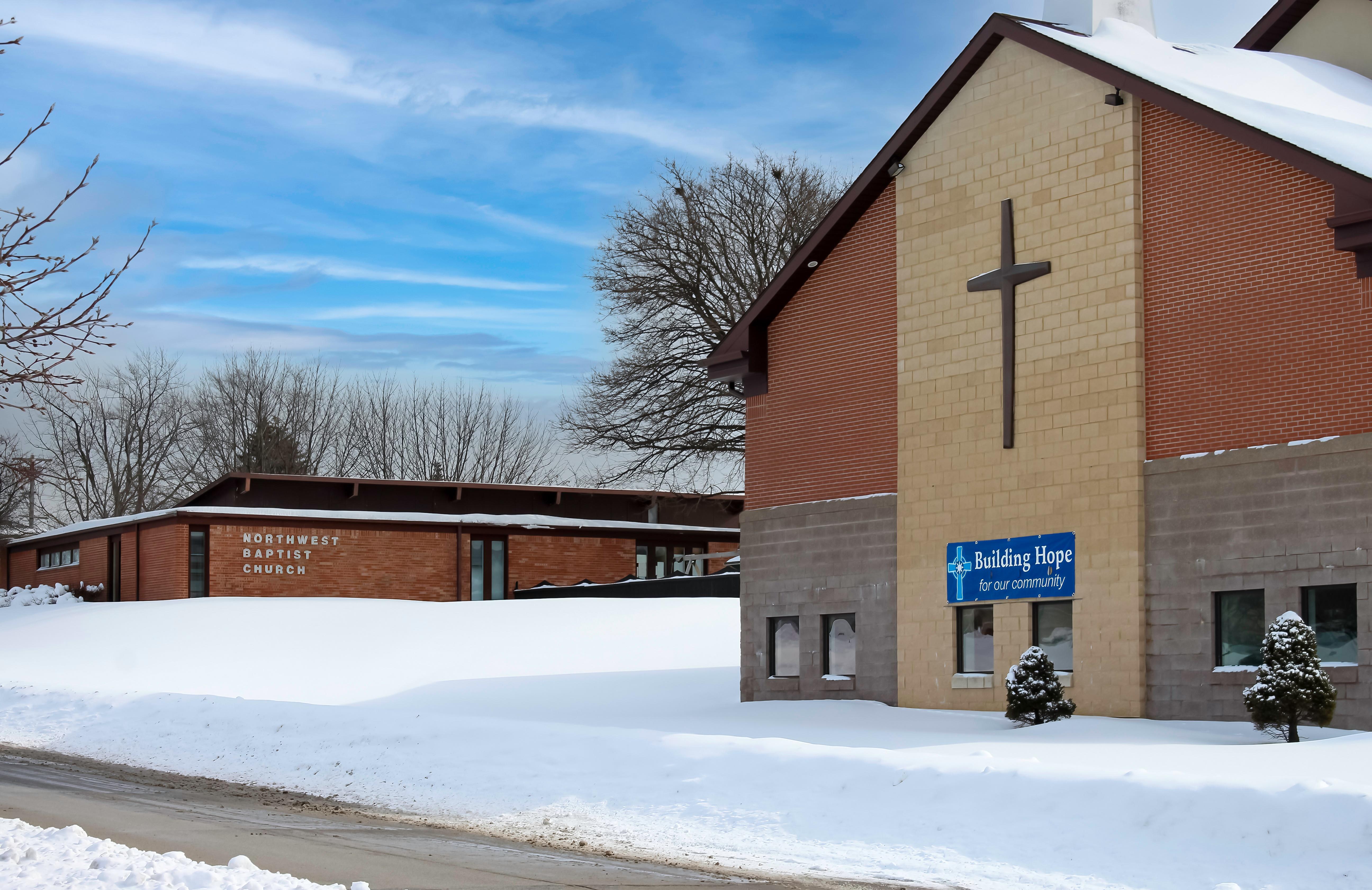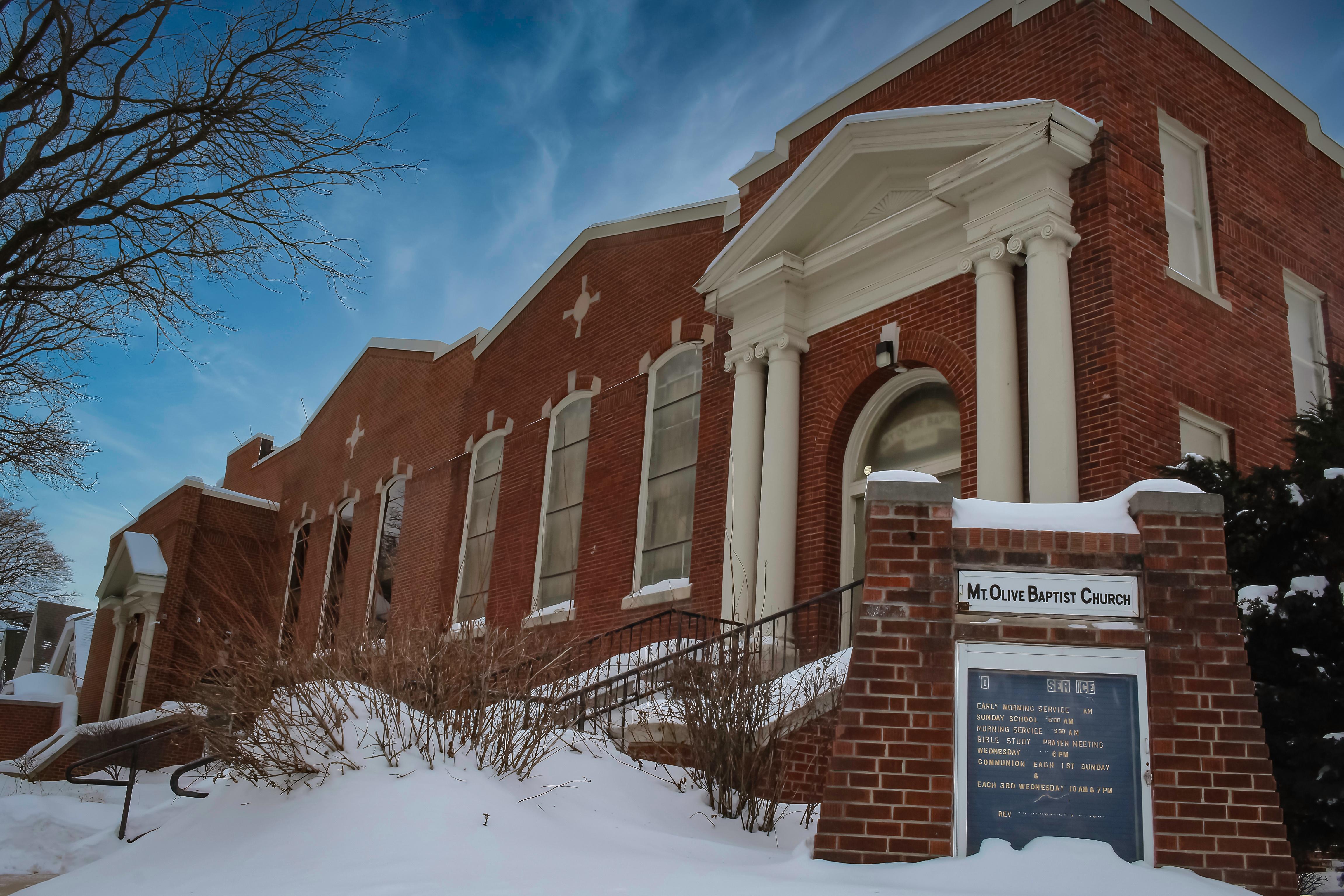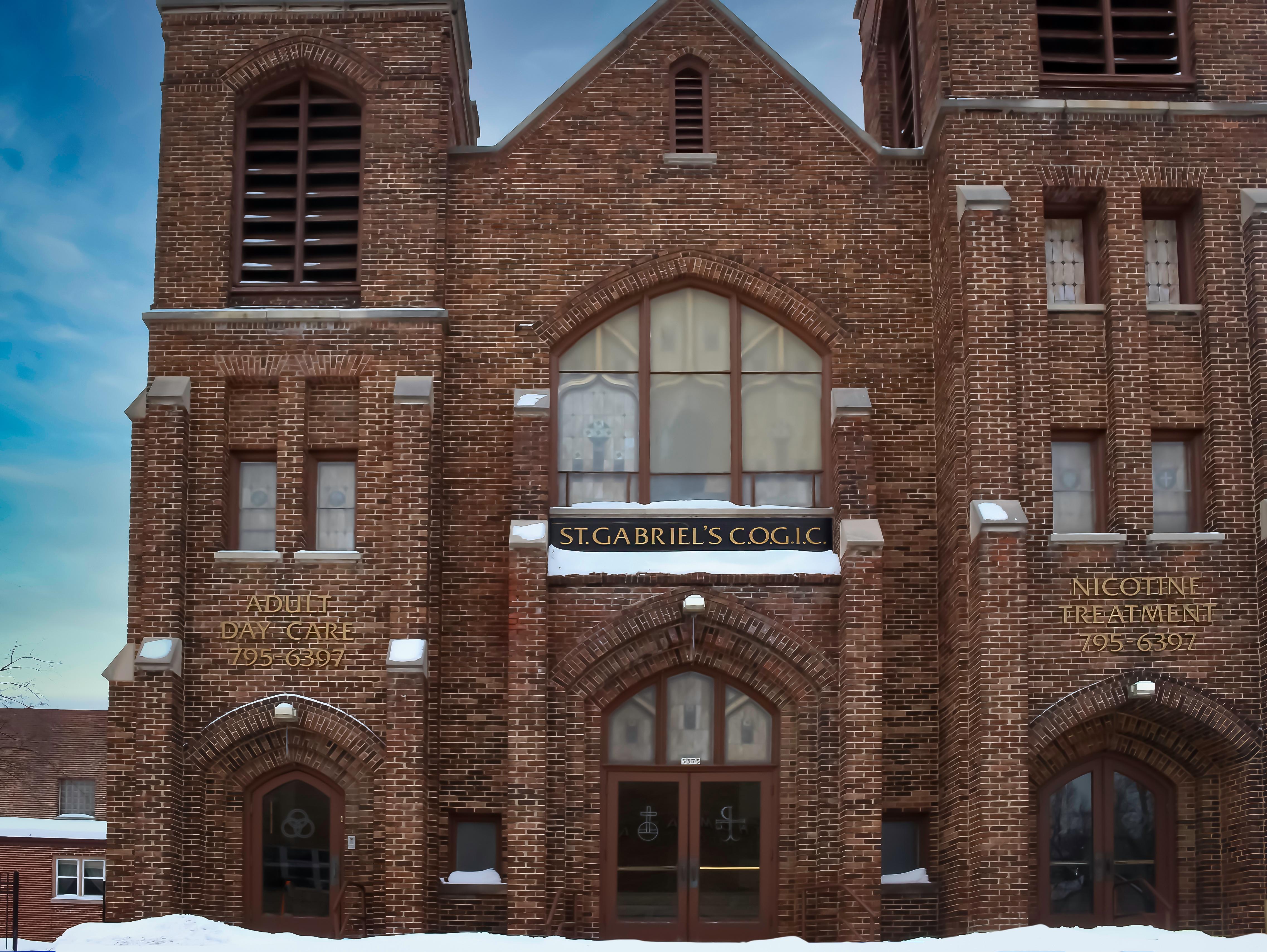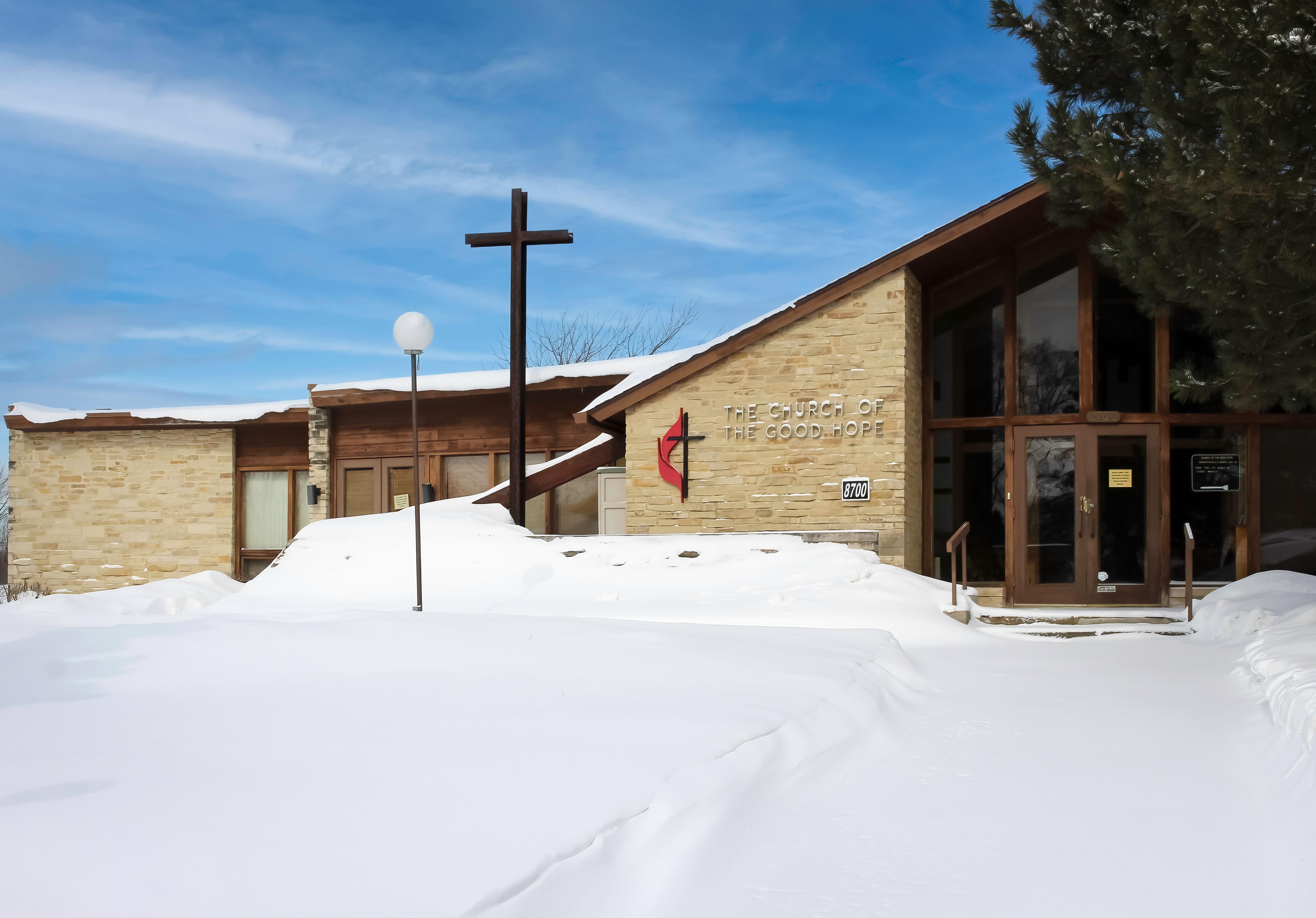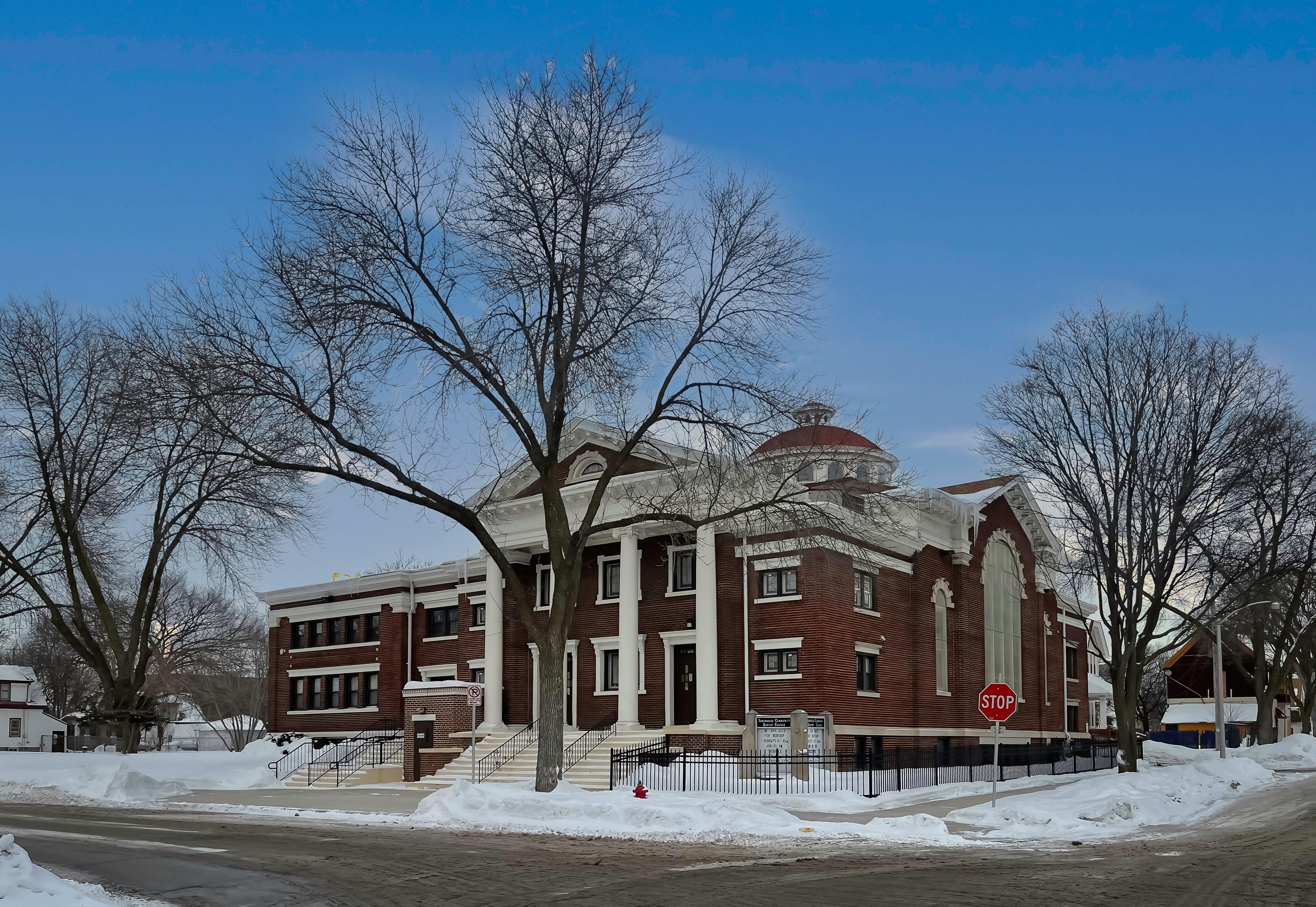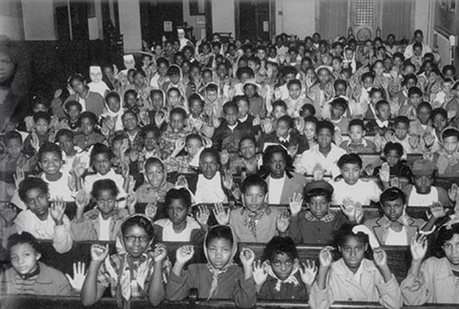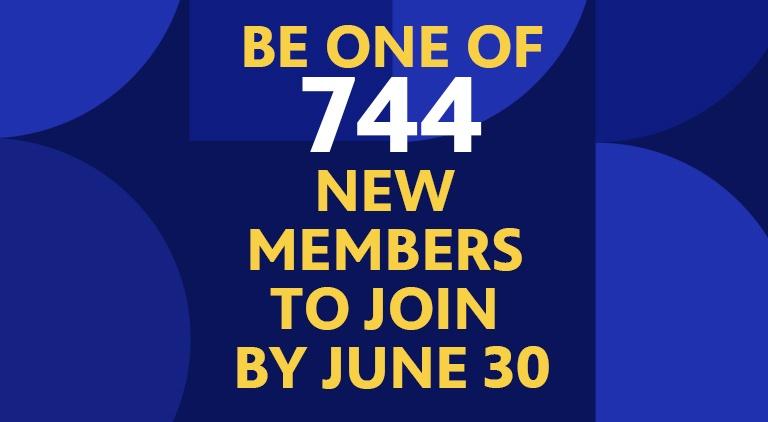MILWAUKEE'S BLACK CHURCHES explores the history, significance and cultural impact of a vibrant and integral part of Milwaukee's African American community. Take a look at the first Black Churches in Wisconsin, examine the changing role of the Church, and see what young people are doing to continue its legacies. Featured churches include St. Mark AME, Calvary Baptist Church, St. Benedict the Moor Catholic Church and St. Paul Missionary Baptist Church in Racine.
History
Nationwide, Black churches have made profound impacts on the areas and congregations they serve. In Wisconsin, the oldest Black church in the state, St. Paul Missionary Baptist, was a part of the Underground Railroad. Located in Racine, home to the second largest population of African-American residents in Wisconsin, the church came into fruition six years prior to Abraham Lincoln’s Emancipation Proclamation.
While 79 percent of the African-American population identify as Christian, just five percent identify with the Catholic denomination, compared to almost 50 percent of Hispanics. Founded in the 1900s as the first and only Catholic church of Black Catholics in Wisconsin, St. Benedict the Moor offered a space for Black Catholics that felt shunned and isolated from Catholic churches.
Unbeknownst to many, St. Francis of Assisi was the sight of the first civil rights disturbance of the 1967 civil rights uprisings that took place in Milwaukee. While July 30, 1967 is forever ingrained as the date of Milwaukee civil disturbances spurred by housing discrimination and police brutality, July 29, marked the first incident outside of the St. Francis Social Center on 4th and Brown Street.
Founding member of the St. Mark African Methodist Episcopal (AME) Church in Milwaukee Ezekial Gillepsie played a critical role in securing voting rights for Black men in Wisconsin. Birthed from racial discrimination at white Methodist churches, the AME denomination offered congregants a worship space free from the oppression and dehumanization of people of African descent.
Baptists were among the earliest faith communities in Milwaukee, holding their first meeting in 1836. As fervent believers in congregational self-determination, Milwaukee’s Baptists have become a diverse and multi-confessional group. In 2010, over 45,000 Baptists worshipped in the greater Milwaukee area as part of at least thirteen denominational bodies. More...
The Great Migration
During the Great Migration, millions of African Americans left Southern rural towns governed by Jim Crow for northern cities such as Milwaukee. The cultural landscape of the South during Jim Crow was created around the principles of an identifiable, immediate, and oppressive power often dramatized in the spectacle and torture of lynching and burning rituals. It was also identifiable in the physical landscape through the official segregation of neighborhoods and public spaces that allowed for easy monitoring of the African American community.
Out of this power-operated cultural landscape, the African American community developed spaces as refuges from random harassment and unchallenged violence. The role of the church within the black community offers a key example of how they constantly renegotiated and undermined segregation. On a secular level the church served as a social and community center, providing a safe gathering space. On a spiritual level the church played numerous roles: giving comfort to those pressed down, serving as an arbiter of morals, and in some cases, serving as impetus for social and economic reform. More...
Music in the Black Church
Dr. Wallace M. Cheatham, is an internationally recognized scholar and musician. His most recently published article, "Racism: Opera's Unlisted Cast Member," is included in Nigeria's University of Ibadan's Journal of Theater Arts.
Music has such a foothold and has always had a major foothold within the culture itself. The black church has always promoted a variety within its musical evolution and that's something I hope will not change although it's not as strong as it once was -- the variety and the quality or level of music. But that's the reason that music is such a foothold within the culture itself. And of course the black church has long been a major institution within black culture. And i grew up in a community of a small town in Cleveland, Tennessee about the size of Kenosha and there was no one playing for or directing a choir within that community that was paid that had not had formal training. That's something I don't think is as strong now as it once was.
It seems that the pop culture has influenced the music in the church more than the formal atmosphere that was once church music and the quality of music in the church. It has become all but impossible to go into the black church and hear a variety of quality of music.
I think its a national situation. I have friends and colleagues around the country and everyone has the same story to tell about the level and what has happened.
Reknown musician Dr. Wallace Cheatham discusses the current state of sacred music in the Black Church with Portia Young.
Challenges and Opportunities
Asst. Pastor Greg Lewis. President. Assistant Pastor St. Gabriel's Church of God In Christ
We have an adult day center. We cater to the needs of elderly and handicapped and its really a challenge everyday and you get to know some of the issues that our older and disabled people have in the community. We see the challenges that occur just with them showing up and coming every day. And most of the time we have to kind of be their families because there's a reason they come to our church for our services because most of them have families that probably don't have the ability to or the desire to deal with situations like that. We’re our ground zero for our souls to the polls there and we really get a lot of support from our senior pastor Lee A shaw. Working with the adult day center tells a huge story of what our people are dealing with in this community. God has put me there so i can see the needs and react to them and we understand how to react in our community.
In the 60s that you spoke of, the church was the place you went to build community. And we’ve kind of gotten away from that. But now its coming back to where the church is the only thing in our community. We don't have businesses, we don't have homes, we don't own property, but we still have the church. It's the stability factor. It's the only thing that has not been diminished in our communities and we have to make sure that that's built up because a lot of people are not going to church.
Reverend Brandle C. Morrow, Sr. Senior Pastor Metropolitan Missionary Baptist Church
We have a Baccalaureate Worship service whereby we celebrate our young people for graduating and making their way up the educational ladder from high school to college or from college and further on. Therefore we offer scholarship money so that they can fulfill the vision that god has for their lives so they can continue to infiltrate the city of Milwaukee and the country to make sure they’re holding up the blood stained banner of Christ as well as offering what black people are not often afforded which is an opportunity,
Education is important, remembering our history. The black church has been born through the crucible of oppression and therefore to fight against social injustice is just a part of who we are. It's how we were born, it's our genesis.

